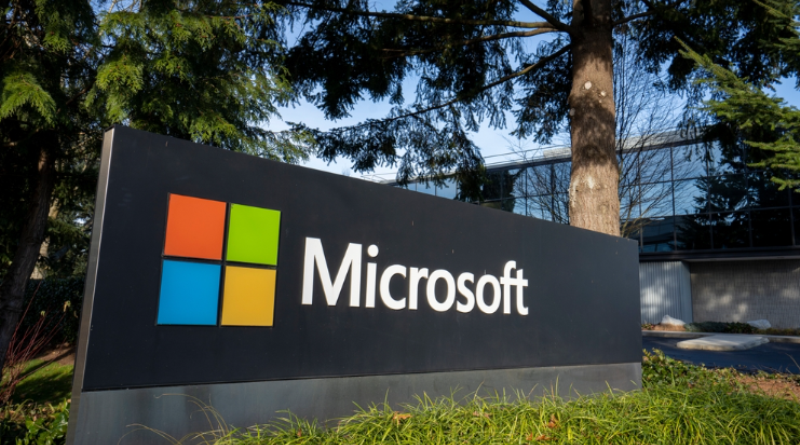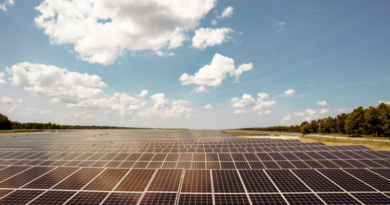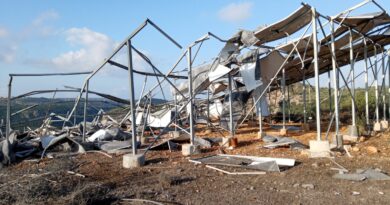Microsoft, a major buyer of carbon credits, is investing again in forest carbon removal projects. The tech giant has signed a long-term agreement with Chestnut Carbon, based in New York. Chestnut is known for developing nature-based carbon removal credits.
Through this partnership, Microsoft will get more than 7 million tons of carbon credits. These credits will come from Chestnut’s ARR project, which covers the Southern United States, including Arkansas, Texas, and Louisiana.
The partnership marks a significant step forward to their initial agreement from December 2023. The delivery of carbon credits will take place in multiple phases, with each phase operating under a 25-year term. As part of the project, approximately 60,000 acres of land will be restored by planting 35 million native hardwood and softwood trees, creating lasting environmental benefits.
How Chestnut’s Sustainable Restoration Project Works
Chestnut’s Sustainable Restoration Project targets marginal croplands and pastures across the United States. The company collaborates with local foresters, landowners, and nurseries to plant diverse hardwood and pine seedlings tailored to each region’s ecology. These forests are designed to improve air and water quality, enhance wildlife habitats, and support local communities.
Ben Dell, CEO of Chestnut and Managing Partner of Kimmeridge said,
“We’re excited to be expanding our collaboration with Microsoft given their market leadership in net zero commitments and the signing of a second agreement within the span of a year reaffirms their view that Chestnut is delivering high quality removal credits.”
He emphasized that nature-based afforestation is currently the most scalable and cost-effective method for carbon removal. Furthermore, they remain committed to delivering high-quality credits while continuing to strengthen their market leadership.
Chestnut Sustainable Restoration Project site preparation in Cleveland County, Arkansas.
Key steps include:
- Designing and planting sites based on regional soil, drainage, and land-use characteristics.
- Monitoring tree survival rates to ensure the project’s long-term success.
- Measuring carbon stocks after five years using proprietary technology verified by Gold Standard®.
High-Quality, Removal-Based Carbon Credits
Most significantly, Chestnut’s Sustainable Restoration Project delivers measurable and durable carbon removal, distinguishing it from emissions-avoidance initiatives. Furthermore, the company ensures accurate carbon sequestration tracking by adhering to Gold Standard® verification.
Chestnut uses its proprietary technology to measure and monitor the stored carbon in trees rigorously for five years. Additionally, it issues credits based on carbon removal measurements rather than emissions avoidance.
Key Features of the Project:
- Durability: Long-term conservation efforts mitigate risks from fire, disease, or other threats.
- Additionality: Restores degraded agricultural lands to native ecosystems, creating benefits that would not exist without carbon credit markets.
- Environmental Impact: Enhances air, water, and wildlife habitats while supporting local economies and stakeholders
Microsoft Scaling Up Chestnut’s ARR Portfolio for Long-Term Impact
Microsoft’s commitment to the project is vital for its success. The collaboration enables Chestnut to expand its Afforestation, Reforestation, and Revegetation (ARR) portfolio to 500,000 acres by 2030.
Notably the project aims to remove 100 million tons of CO2 from the atmosphere over the next 50 years. With this milestone, it would be one of the largest nature-based carbon removal initiatives in the U.S.
Brian Marrs, Senior Director of Energy & Carbon Removal at Microsoft noted,
“This agreement with Chestnut Carbon is another positive step towards Microsoft’s goal to become carbon negative by 2030. We look forward to the prospect of scaling forest restoration within the United States, attracting sophisticated private capital in the process. We are glad to see the Sustainable Restoration Project diversify the ecological impact of our global carbon removal portfolio.”
- READ MORE: Laconic Teams Up with Planet to Revolutionize Forest Carbon Insights for Smarter Carbon Credits Trading
Microsoft’s Carbon Removal Strategy
Digging deeper into the tech leader’s sustainability portfolio, carbon removal holds a key place. In recent years, the company has aggressively ventured into nature-based carbon credits, enhanced rock weathering, and bioenergy with carbon capture and storage (BECCS), apart from DAC and CCS projects.
Microsoft’s latest sustainability report revealed that in 2023, the company contracted over 5 million metric tons of carbon removal to be retired within 15 years. Its strategy includes a balanced portfolio of solutions with varying durability, from short-term impact to long-term carbon storage.
Source: carboncredits.com




